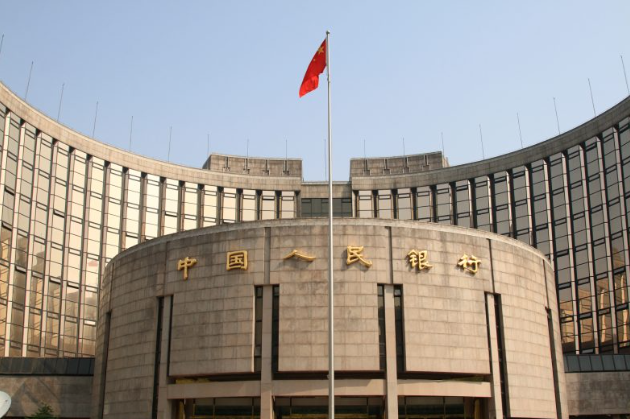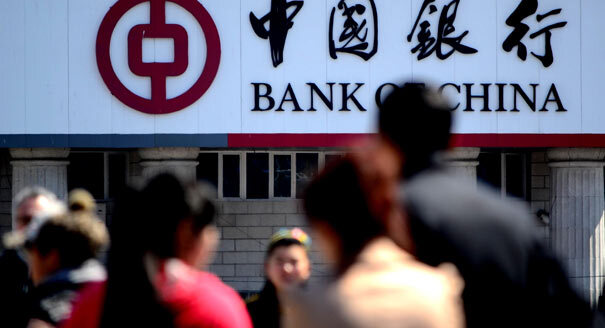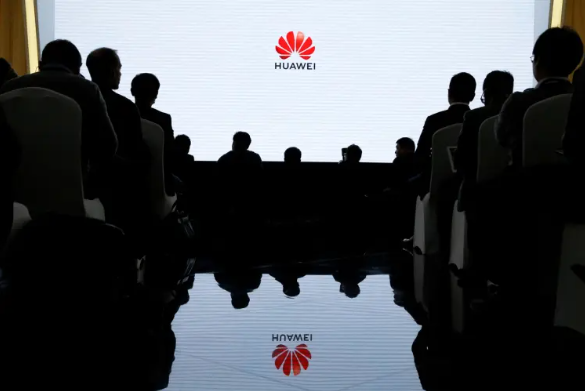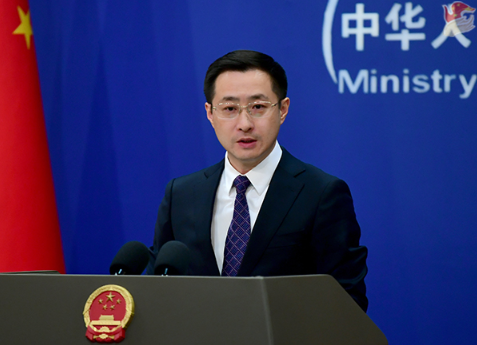The diplomatic ties between China and Pakistan have reached a low point.
As if Pakistan’s government wasn’t under pressure enough – with thousands of protesters on the streets and the capital Islamabad in lockdown amid calls to release former prime minister Imran Khan – relations with neighbouring China are also going from bad to worse.
Beijing’s growing anger over the safety of its citizens in Pakistan has been illustrated by a surprising diplomatic spat. “It is unacceptable for us to be attacked twice in only six months,” declared China’s ambassador in Islamabad Jiang Zaidong in an unusually direct response to comments made by a senior Pakistan politician seen to be downplaying the risk. “President Xi [Jinping] cares about Chinese people’s security and puts people’s lives first,” Jiang went on to say. “He especially cares about the security of t...









